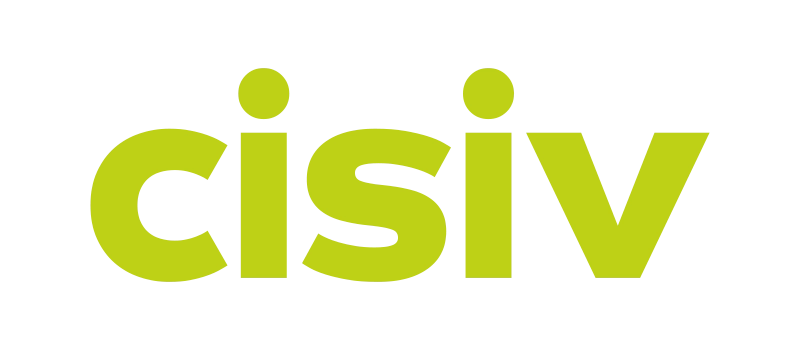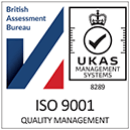We have recently seen a surge in real world data (RWD) collection alongside expanded and managed access programmes (EAP and MAP). As a result, we were curious to understand why there are so many names for managed access programmes.
‘Managed access programme’ is an umbrella term for the diverse frameworks and regulatory pathways that provide investigational products to patients with an unmet clinical need. Due to the different legislations between jurisdictions and regulatory bodies, these programmes have different processes and approaches. Despite calls for harmonisation, we still see a variety of terminology in practice: including early access programmes, expanded access programmes, compassionate use programmes, named patient programmes, and cohort programmes.
In this blog we explain the various terms and how they may be used.
Early Access Programmes
The term ‘early access’ in Europe is another umbrella term referring to any programme that allows patients to access investigational medicinal drugs before they are widely accessible. Thus, this term may cover compassionate use programmes, cohort and named patient programmes, but can also cover expanded access programmes.
In Europe, countries can have specific early access schemes alongside the EMA’s expanded access guidelines, for example, the UK’s Early Access to Medicines Scheme (EAMS) and France’s early access authorisation (AAP).
The EAMS is a voluntary scheme in the UK where the pharmaceutical manufacturer provides an investigational drug free of charge to the National Health Service (NHS) between the end of a clinical trial and the granting of the marketing authorisation. Patients in the scheme receive a free-of-charge medicine during this EAMS period and continue to do so up to the drug’s reimbursement. EAMS can provide an opportunity to generate real world patient data within the NHS.
Early access authorisation in France is conducted by the French Health Regulatory Authority (HAS) but is requested by the pharmaceutical manufacturer. The AAP involves an exceptional waiver procedure that provides patients with serious or rare diseases access to certain interventions for which there is no alternative, with the sponsor receiving reimbursement for the product. Collecting RWD within the AAP was made mandatory by the HAS in 2021 ‘to document its use and contribute to the future assessment of medicinal products eligible for reimbursement’.
Expanded Access Programme (EAP)
‘Expanded access programmes’ are a legislative framework, used by both the European Medicines Agency (EMA) and FDA to enable therapeutic use of an unauthorised intervention for patients with a life-threatening disease, outside a clinical trial. For example, this programme is utilised to enable patients who have been treated with the investigational drug during its clinical trial to continue treatment after the trial has ended, but the drug has not yet reached market authorisation.
These programmes are authorised by EU member states and require a protocol and ethics approval. All adverse events need to be monitored as a minimum requirement, but these programmes are not clinical trials. The pharmaceutical manufacturer generally covers the cost of the intervention and distribution, although the physician requests the drug and is responsible for patient treatment.
Expanded access to an investigational drug can only be provided in both Europe and the US if the sponsor is actively pursuing marketing approval of the drug in question.
Compassionate Use Programme (CUP)
In the United States, the term compassionate is occasionally used in the same context as the expanded access programme. Although compassionate use has been used informally in the US it is not a genuine term defined in the FDA guidance.
The EMA defines CUPs as a treatment option, where a medicinal product is to be made available to ‘patients with a chronically or seriously debilitating disease, or a life-threatening disease, and who cannot be treated satisfactorily by an authorised medicinal product or cannot enter a clinical trial.’ It is essentially the other side of the coin of expanded access and in practice, it is often used interchangeably with an EAP. It describes the intent from the patient’s perspective.
The method of obtaining a compassionate use treatment is via a cohort or named-patient access framework. The process is unique to each member state but is often initiated by the physician reaching out to the local authority and pharmaceutical manufacturer who must cover the costs of treatment.
Named Patient Program (NPP)
While compassionate use allows the use of an unauthorised medicine for a group of patients, Named-patient basis programs enable the supply of unauthorised medicines in response to compassionate use requests for individual patients.
This term covers any access to a non-licensed medicine provided it is not made available under a cohort approach. The decision is made on a case-by-case basis by the EMA or by individual member states. Physicians initiate these programmes by contacting the manufacturer directly and taking responsibility for treating an individual patient.
Similar to compassionate use, individual patient programmes in the US are an informal term as managed access programmes involving singular patients are classified as a subtype of an expanded access programme.
If you want to learn more about RWD collection alongside your programme, or simply how to own the data flow to increase transparency and compliance, speak to one of our experts.


